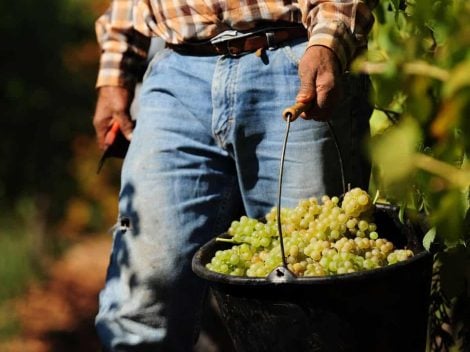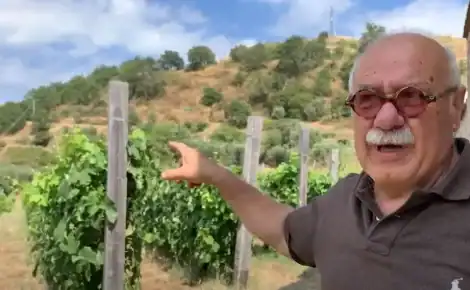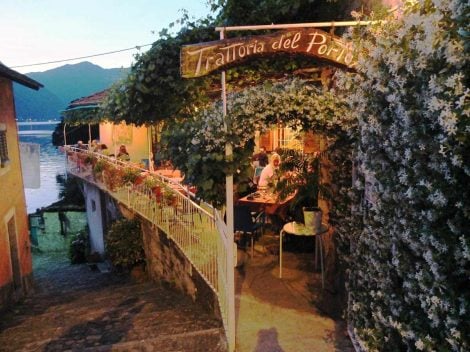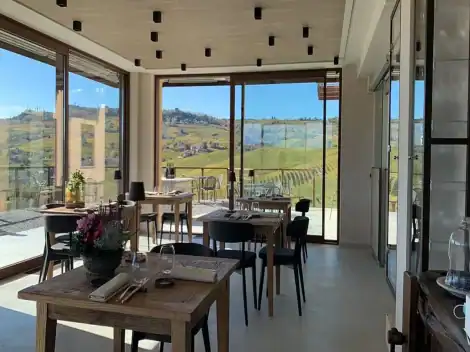The Montepulciano grape variety has been confused in the past with Sangiovese, with which it nonetheless shares a fairly close relationship. In Abruzzo, it holds a position of privilege: it is indeed the most widespread grape in the region, and both the red and rosé versions, known as Cerasuolo, are produced. Its cradle is found in the Valle Peligna, in the central-southern part of the region, from where it spread to the rest of Abruzzo and neighboring regions. It is also successfully cultivated in Marche, where it expresses itself with great elegance in Rosso Conero and more sporadically in Umbria, Lazio, Molise, and Puglia. When cultivated according to criteria of low productivity, it yields an intense and warm wine, dry, soft, with fruity and undergrowth aromas; it also has excellent aging potential.
The history of Montepulciano intertwines, confusingly, with that of another important central-Italian black grape variety, Sangiovese. Despite not having genetic affinities, the two grapes were victims of confusion for centuries. Sante Lancerio, the butler of Pope Paul III (around the mid-16th century), is said to be responsible for this confusion, as he called the wine from the homonymous Tuscan town Montepulciano, which, however, was already produced with Sangiovese at the time. With the spread of the latter, the onomastic disorder would have also increased, a confusion that we still find in the early 20th century when all major ampelographers did not yet distinguish between Montepulciano and Sangiovese. However, some had already intuited the differences: in a text from the mid-19th century, there is reference to "montepulciano primaticcio," which would indicate Sangiovese, and "montepulciano cordisco," the real Montepulciano.
Today, all this has obviously been overcome, and scientific studies on grape varieties have clarified the genetics of the two grapes. Also because it is quite easy to perceive the differences in the wines produced with the two different grape varieties. Montepulciano is indeed a very material grape, rich, powerful, generous: both in agronomic terms and during vinification, its temperament must be kept under control. When successful, we have to deal with very interesting reds, excellent companions to the table and with practically infinite aging potential.
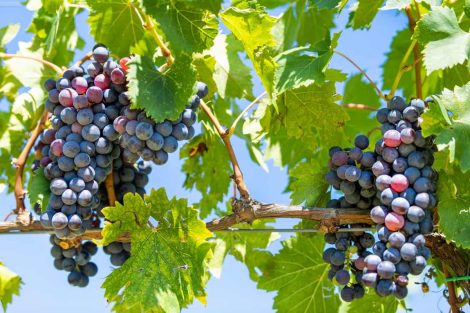
Montepulciano from Abruzzo and Marche with the best quality-price ratio
Abruzzo
Here is a selection of labels of Montepulciano d'Abruzzo and Rosso Conero wines that are very good and inexpensive: they are, in fact, those that we have reviewed in the Berebene 2024 guide by Gambero Rosso, so you will find them in wine shops (and online) with the best quality-price ratio.
The Cortalto 2019 is a Colline Teramane that presents a fairly characteristic bouquet. Classic elements are hints of black fruit and mineral sensations of graphite, to which a more particular note of aromatic herbs and undergrowth sensations is added. In the mouth, the tannic material is abundant but the sip manages to disentangle itself thanks to a nice sapid background. The company is located in Canzano, on the Vomano River valley. Enrico Cerulli Irelli has been managing the business, and since his entry into the company, he has worked to modernize equipment and agronomic management. The vineyard is divided into two plots: one in Canzano, near the cellar, of 35 hectares, and one in Mosciano, slightly further north, of 18 hectares.
The Montepulciano d'Abruzzo 2020 by Nestore Bosco alternates balsamic puffs with nuances of dark fruit, while in the mouth, sensations of blueberry and blackcurrant return to support a tannin of good precision. A rather varied range is what the labels of the company baptized by Cavalier Bosco, who founded it at the end of the 19th century, are declined in. Today, it is Giovanni who leads it, helped by his children Nestore and Stefania; the vineyard heritage they can count on extends for about seventy hectares in the Pescaresi Hills, concentrated mostly in the Casali di Nocciano area, the nerve center of the company also from a production point of view. It is here that they refine the reds made from Montepulciano, conceived for long aging, and the fragrant whites before being marketed.
The Montepulciano 2020 by Jasci shows a clear red fruit, floral nuances reminiscent of geranium, and a light, spicy, fragrant mouth, but with fruity pulp, drinkability, and dynamics. The Jasci family's vineyards breathe the warm breezes blowing from the Adriatic Sea towards the gentle hills that provide the backdrop to Vasto.
In Riparosso 2022, blackberry, cocoa, and charcoal blend together, giving a sip that advances without tannic hesitations or alcoholic dryness in the solid palate. Lorenzo and Stefano Illuminati have fully embraced the legacy of Cavalier Dino, who recently passed away but is widely cited as one of the main ambassadors of Abruzzese wine in the world. Not only great aging wines but also enjoyable Montepulciano for immediate drinking like
In Avegiano 2019, fragrant sensations of red and black fruits describe the clear aromatic profile. The mouth is fresh and smooth, the sip has rhythm and returns to the crunchy fruits. A historic reality in Avezzano, the beating heart of Aquilan production, Bove draws its vitality from about sixty hectares reserved for typical Abruzzese varieties.
The Becco Reale, awarded with Tre Bicchieri 2024 in the Vini d'Italia guide by Gambero Rosso, is proof that a Montepulciano can be a great wine even when it doesn't seek opulence. Clear notes of blackberry and plum, with hints of tar, lead to a juicy mouthfeel and a savory tannin. Since 1830, the Di Carlo family has been involved in viticulture. In this long period, they have changed skin and brand name several times, but the idea underlying their activity has always been the same: to bring Abruzzo and its wine to the forefront of the world wine scene. The new brand, Vignamadre, has this purpose and also describes the work and research done in recent years by Giannicola Di Carlo and his sons Federico and Daniele: a viticulture attentive to listening to and channeling the force of nature.
Lively and bold, the Montepulciano Casabianca, with spontaneous fermentation: blueberry and blackberry on the nose, a solid and firm mouth with tannin giving rhythm to the sip. The over 170 hectares of the company are located in Castilenti, in the heart of the Teramane hills, a fairly extensive vineyard equidistant from the Gran Sasso and the Adriatic Sea, benefiting from an ideal climate for viticulture and allowing for a wide selection of labels.
The Mo Riserva 2019 stands out again this year for its extremely advantageous quality-price ratio. The notes conferred by the aging wood are clearly felt on the nose in sensations of dark chocolate and coffee that combine with hints of cherry and sour cherry. The tannic structure is well managed, and the sip melts into juicy fruity returns. Tollo is one of the most prestigious realities of cooperative wineries. Born in 1960, today it is a production giant, with 18 million bottles produced every year and over 3200 hectares of vineyards. Despite the impressiveness of these numbers, the company has maintained a high standard of quality and competitive prices, also asserting itself in international markets. There is also a focus on sustainability and the organic management of several vineyards.
Riserva 2019 by Rocco Pasetti, awarded with Tre Bicchieri 2024 in the Vini d'Italia guide by Gambero Rosso, is among the best Montepulciano tasted this year. The wood is managed precisely, giving toasted shades to an aromatic profile that mixes turgid black fruits and hints of pear. The tannin is dense but thin, the material is well-regimented in a savory and progressive sip. Twenty years ago, Rocco Pasetti created this winery in Collecorvino, a town that today is part of the Terre dei Vestini subzone. The vineyards surrounding the operational nucleus of the company include Montepulciano, Trebbiano, Pecorino, and Passerina. In the cellar, these native vines are enhanced through the use of wood, steel, barriques, and large barrels. Three are the lines of the range: Contesa, Collecorvino, and Vini d'Autore, which describe the potential of the Abruzzo territory.
Genuine and dense, the Montepulciano Ruggito 2021 manages to remain fresh and savory despite the imposing tannic texture. The Pecorino Ruggito is based on a juicy citrus note that gives fullness and fragrance to the palate. Also, a good performance for Trebbiano, floral and with memories of white fruit.
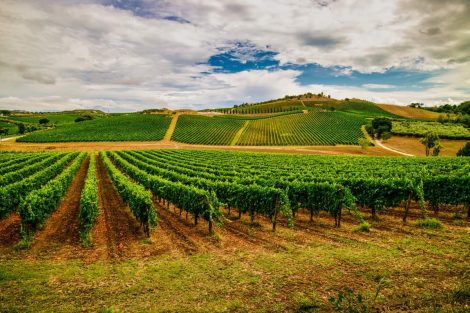
Marche
The new course of Fattoria Terrazze di Antonio Terni includes a greater attention to freshness, fruit fragrance, and ease of drinking without sacrificing the pulpy touch induced by the Montepulciano grape. These characteristics are openly found in the Rosso Conero 2020 with its references to ripe cherry, a palate played on aromatic precision, and a sip that combines pleasantness and balanced density of structure.
The San Lorenzo 2021 is one of the Rosso Conero wines produced by Umani Ronchi, which can boast a magnificent diversity of crus that give life to the fleet of labels based on Verdicchio grapes, as well as Montepulciano vineyards scattered between Conero and Abruzzo. In the well-equipped (and recently expanded) cellar, a range of wines with impressive average quality is produced, the result of many years of work carried out by a seasoned and competent technical team and forward-looking choices.
Good performance for the harmonious Cimerio 2020, with a precise memory of sour cherry. In 2024, Moncaro will celebrate 60 years since its foundation. What was initially a union among the winemakers of Montecarotto, the ideal capital of Verdicchio on the left bank of the Esino River, has gradually transformed, also through the acquisition at the end of the last century of Cantina del Conero and Cantina d'Acquaviva Picena, into the largest regional cooperative by the number of managed vineyards and bottles produced. Today, the quality of the best labels enjoys reliability and competitive prices.
Cacciatore di Sogni 2021 is one of the Rosso Conero wines produced by La Calcinara. The family business has been involved in wine for 75 years, but Eleonora and Paolo Berluti wanted to carve out a different situation, more artisanal and capable of expressing their convictions in the bottle, which pass through a rigorous application of organic agriculture, without shortcuts or corrections in the cellar. For this reason, in 2007, they created their own cellar on the hills of Candia. In the vineyard, the majority of the rows are dedicated to Montepulciano grapes, but there are also small shares of Sangiovese plus Verdicchio and Chardonnay, which together give life to the only white wine produced by the company.

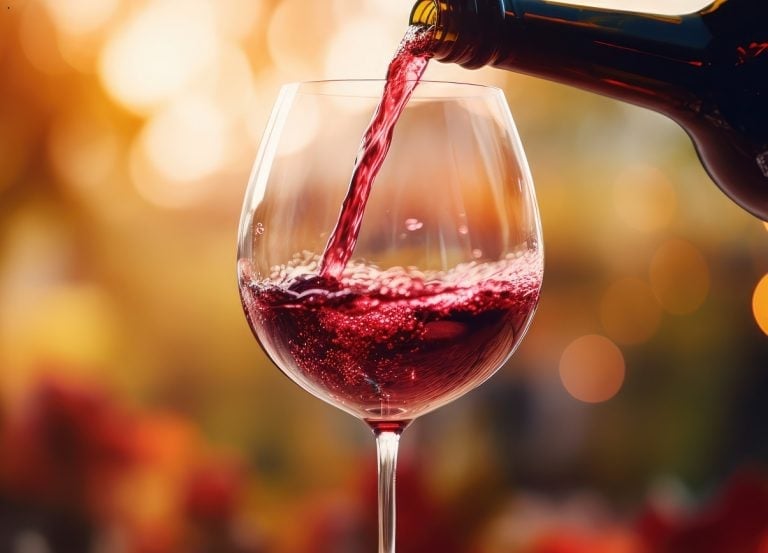
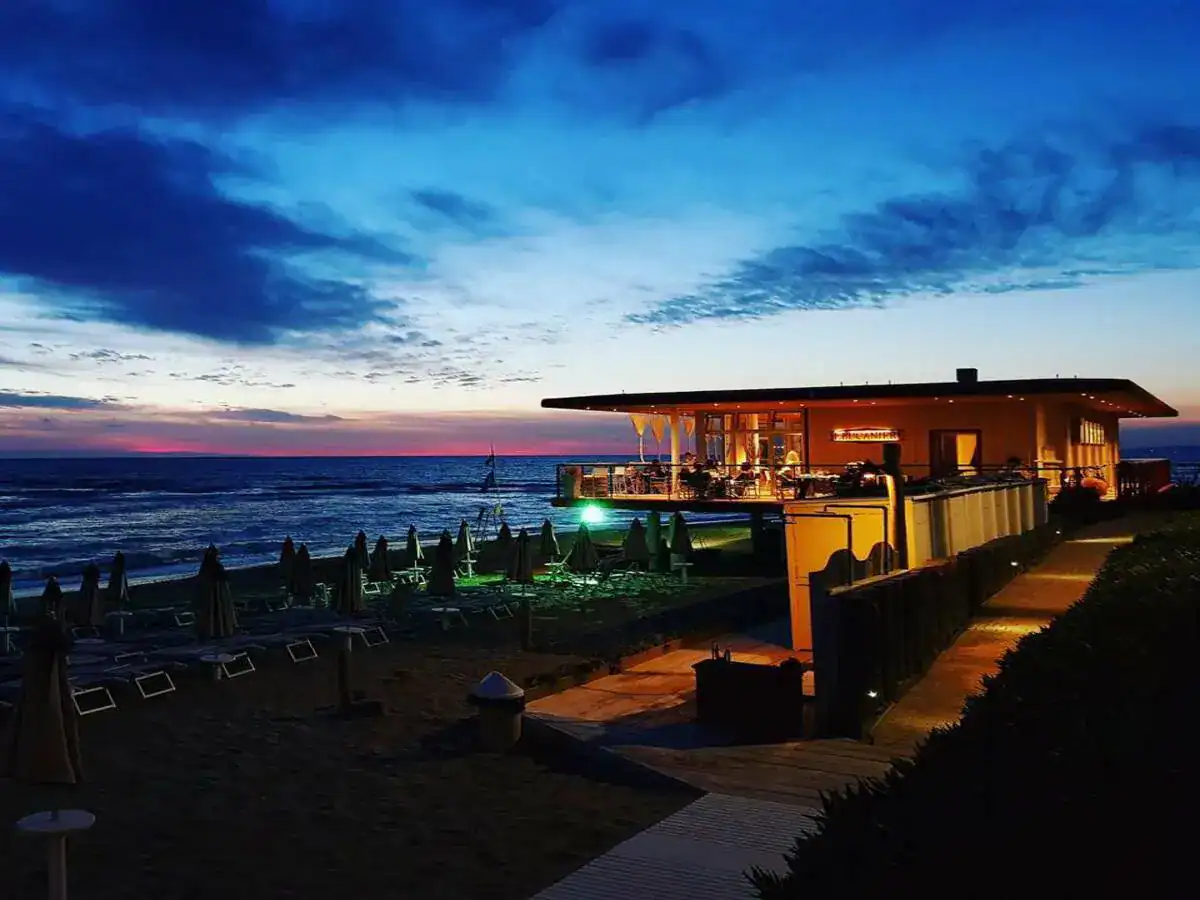 Eating by the sea in Tuscany. The best beachfront restaurants selected by Gambero Rosso
Eating by the sea in Tuscany. The best beachfront restaurants selected by Gambero Rosso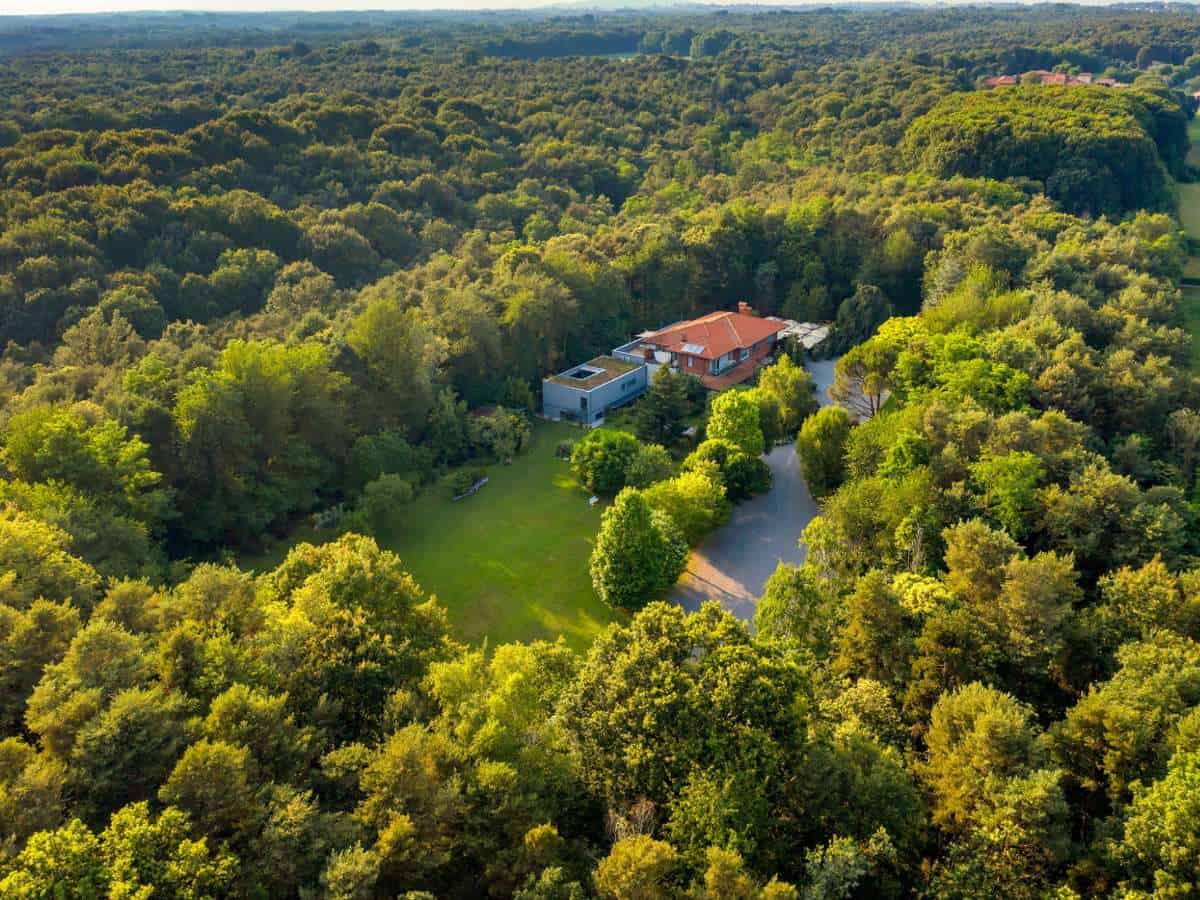 Contemporary cuisine, farmhouses and pinewoods. The hidden restaurant in the nature park near Como
Contemporary cuisine, farmhouses and pinewoods. The hidden restaurant in the nature park near Como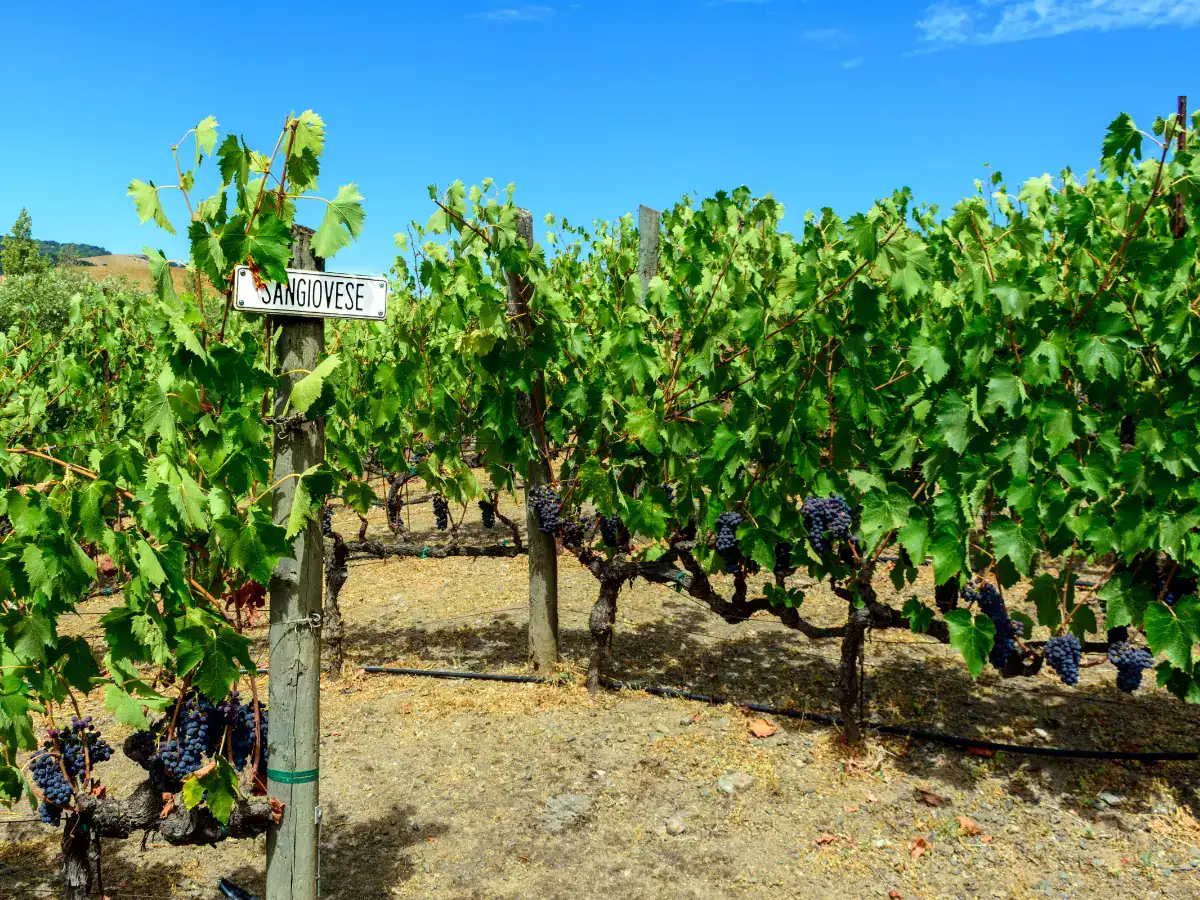 California rediscovers Sangiovese. A brief history of the revival of a forgotten grape variety in the United States
California rediscovers Sangiovese. A brief history of the revival of a forgotten grape variety in the United States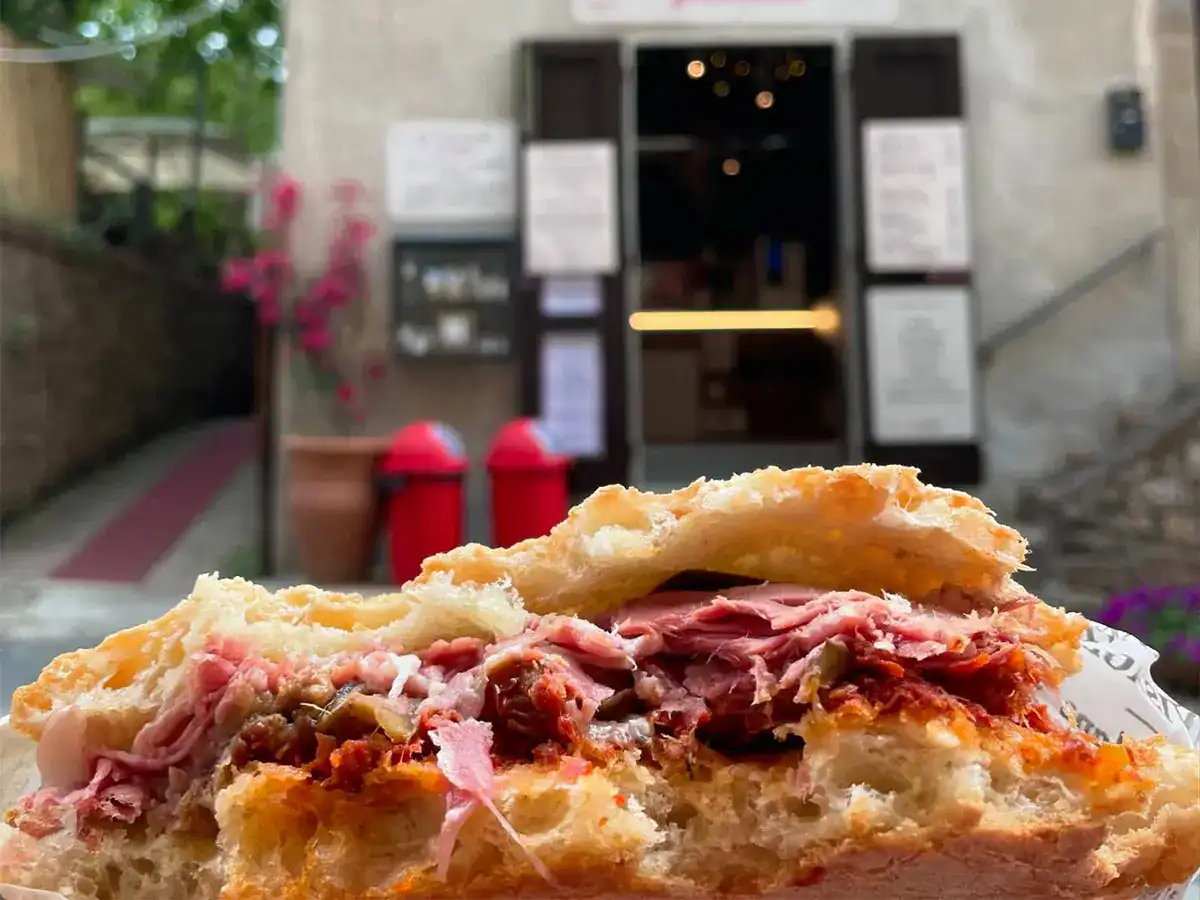 There’s a small shop in Tuscany making incredible stuffed sandwiches and focacce
There’s a small shop in Tuscany making incredible stuffed sandwiches and focacce Gourmet maritozzi, Ascolana olives, and suburban pastrami: the unmissable street food of Italy
Gourmet maritozzi, Ascolana olives, and suburban pastrami: the unmissable street food of Italy
